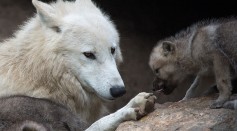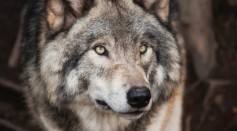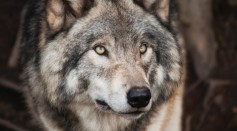wolf

Domestication Limits Dog’s Ability To Communicate Through Facial Expressions Compared to Their Wolf Ancestors

First Full Moon of the Year Will Rise This Week Alongside the Quadrantids Meteor Shower

Ancient DNA Including Wolves Preserved in the Permafrost Suggests Dog Domestication, Diversification Started 40,000 Years Ago

Genetic Mutation From Ancient Wolves 53,000 Years Ago Made Some Dog Breeds to Have Smaller Body

Original Norwegian-Swedish Wolf Found Extinct Since 1970; Remaining Species 'New' And Originated From Finland

Man's Best Friend Cant Resist Human Allure vs Wolf Puppies, According to Study

Alpha Males in the Animal Kingdom and Why It Shouldn't Exists in Humans
Longtime Isle Royale Wolf, Moose Study Interrupted by Global Pandemic
Ancient Dire Wolf DNA Reveals It Was Not Really a Wolf
Who's the Best Dad in the Animal Kingdom?
‘Swarms’ of Wolf-Dog Threaten Wolves of Europe
Life Other Than Earth's Might Be Closer
Half the Size, But Twice the Bite—Study Reports European Wolves Are on the Rise
Endangered Gray Wolf May Have Made a Trip to Grand Canyon
Most Popular

How Technology Is Changing the Real Estate Industry?

How a Plant-Based Diet Can Protect Against Breast Cancer: Insights from Nutrition Research

Study Reveals High Turnover in Scientific Research Careers: What This Means for Future Scientists

Why It's So Difficult to Lose Weight: The Biological Explanation Behind Obesity






